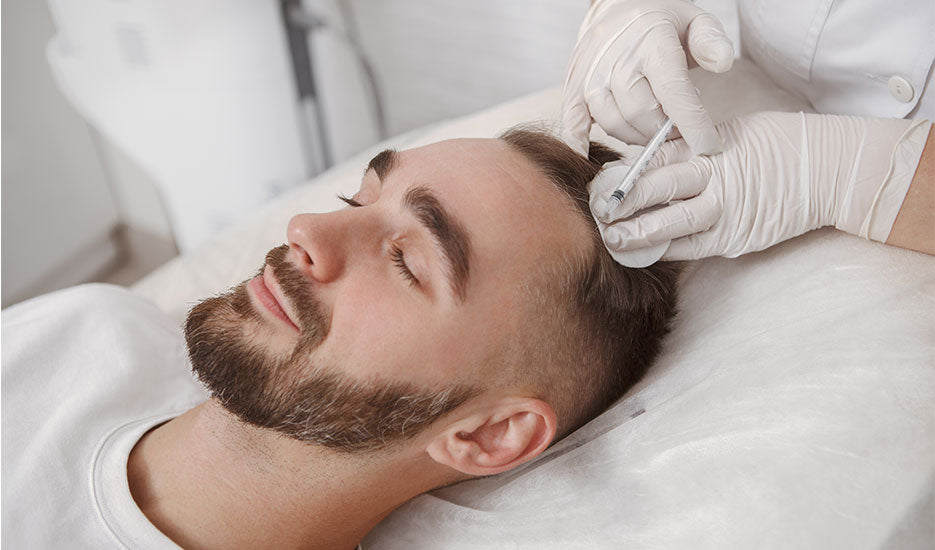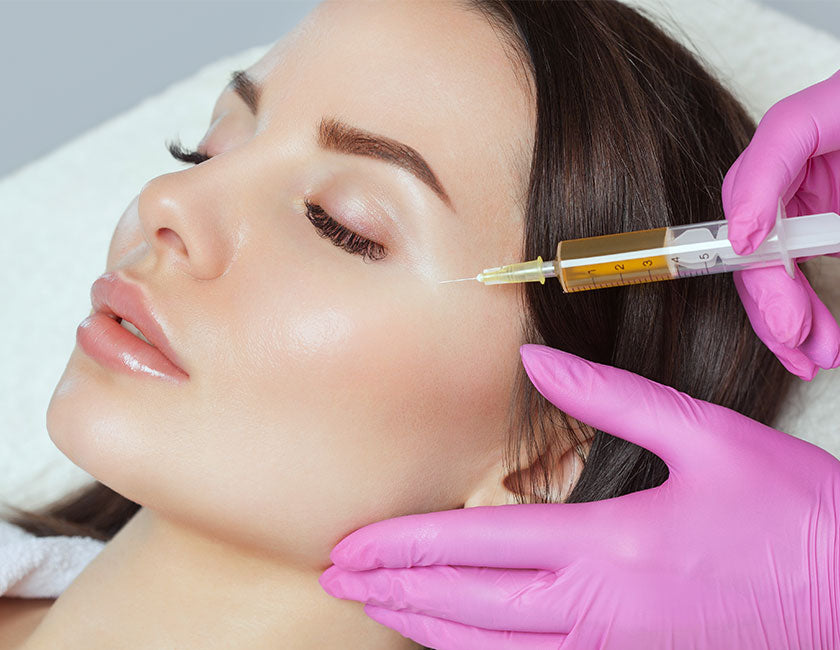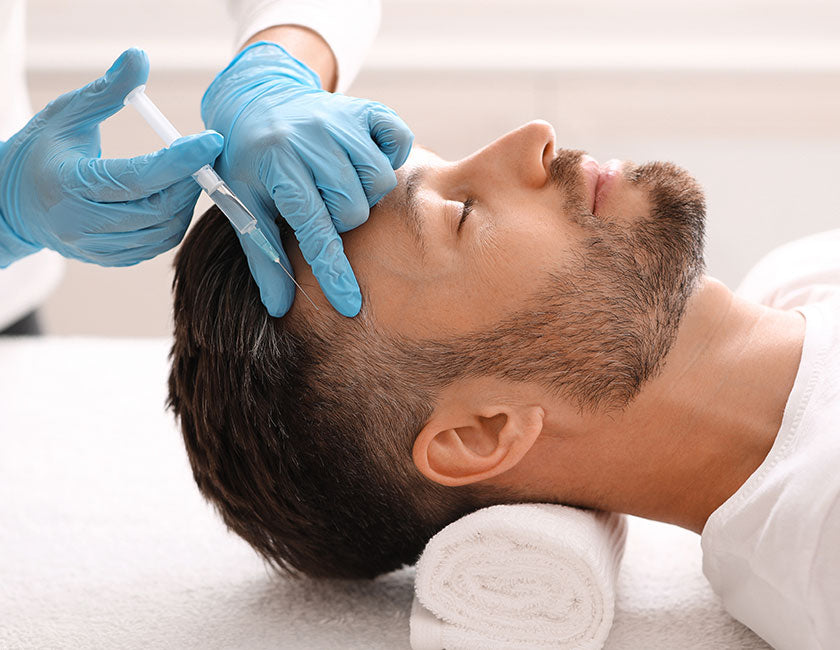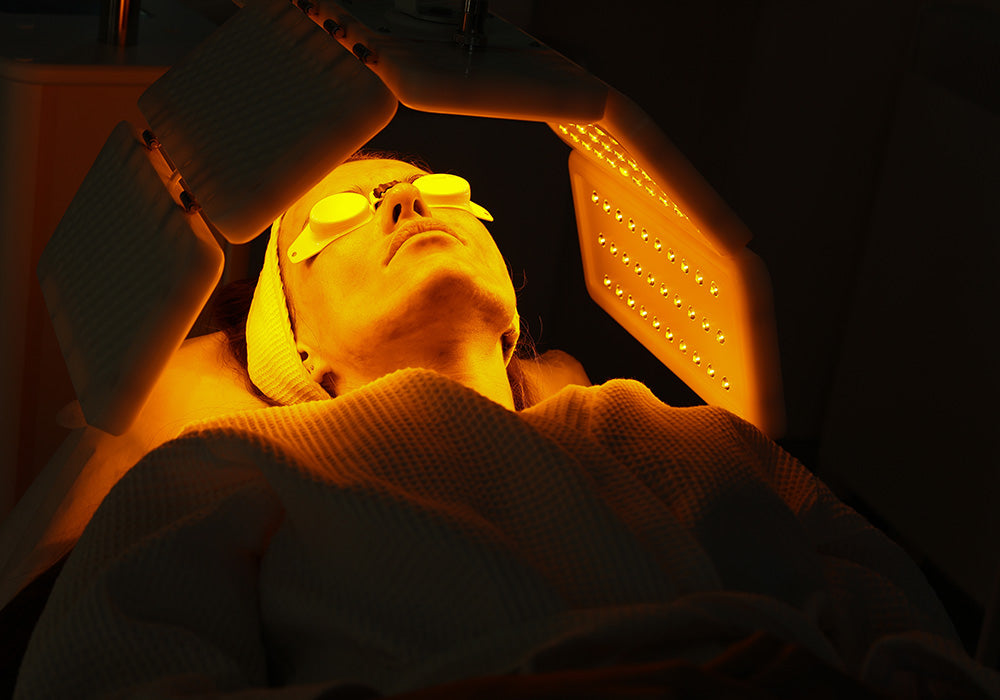
Platelet Rich Plasma
PRP (Platelet Rich Plasma) is a treatment that takes advantage of your own plasma's inherent healing and stimulating properties. It is commonly utilized in medical treatments to repair and restore damaged tissues to their original healthy form.
This skin rejuvenation therapy improves skin texture, elasticity, discolouration, scarring, and the skin's quality and health.
BENEFITS OF PRP
-
Skin Healing
PRP treatments help restore and replace damaged skin tissue, resulting in enhanced skin texture, elasticity, and reduced scarring.
-
Boost Collagen & Elastin
PRP growth agents stimulate collagen and elastin production.
-
Skin Volume
PRP increases collagen by leveraging your own plasma's essential healing and stimulating ability, resulting in increased overall volume and tighter skin.
-
Paired Treatments
PRP performs well when combined with laser and light therapy, dermal needling, and other injectable procedures to accelerate overall skin improvement over time.




THE PROCEDURE: WHAT TO EXPECT
FAQs
PRP is a medical treatment that uses a concentrated form of a patient's own blood, rich in platelets, to promote tissue repair, reduce inflammation, and stimulate healing in various parts of the body.
PRP treatment works by harnessing the natural healing properties of platelets. Platelets contain growth factors and other bioactive proteins that play a crucial role in tissue repair and regeneration. By injecting concentrated platelets into damaged tissues, PRP therapy aims to accelerate the healing process.
PRP therapy is used to treat a variety of musculoskeletal conditions, including tendon injuries (such as tennis elbow or Achilles tendonitis), ligament injuries, osteoarthritis, and muscle tears. It's also used in dermatology for hair loss, skin rejuvenation, and wound healing.
PRP treatment is generally considered safe because it uses the patient's own blood, reducing the risk of allergic reactions or disease transmission. However, as with any medical procedure, there are potential risks and side effects, such as infection, pain at the injection area, or tissue damage.
The number of PRP treatments needed varies depending on the condition being treated, the severity of the injury, and individual response to therapy. Some patients may require a single injection, while others may need multiple injections spaced over several weeks or months. Our specialists will determine the most appropriate treatment plan for you.
Your results from PRP treatment will vary depending on the condition being treated and individual factors. Some patients may experience improvement within a few weeks, while others may require more time. It's important to follow the instructions and attend any scheduled follow-up appointments to monitor progress.

